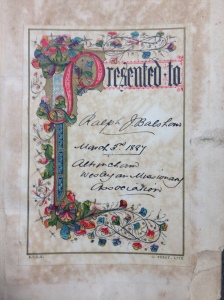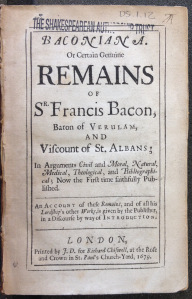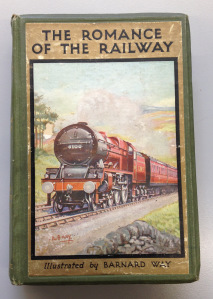A blog post by Joanne Mcphie, Graduate Trainee, Library.
It could come as a surprise to know that our modern miracle of engineering, the Channel Tunnel, actually started out as a twinkle in an engineer’s eye over two hundred and twelve years ago. The speedy journey from London to Paris that we enjoy today might cause you to forget the painstakingly slow build up to the official beginning of transit on the 6th May 1994. This process can be seen in the huge collection of documents in our Channel Tunnel Association Archive, which contains everything from the details of engineer’s reports to the splendour of the Opening Day memorabilia and the overview of monographs on the history.

© Copyright Groupe Eurotunnel
The history of the Tunnel is one of frustrated schemes and historical disruptions. Frenchman Albert Mathieu first suggested a passageway between France and England in 1802. While he had the vision, he hadn’t really considered the practicalities of such a plan and thought a tunnel could be dug through the soft chalk under the sea bed with horse-drawn stagecoaches passing through. Subsequently, though Napoleon Bonaparte was receptive to the idea initially, war between the two nations disrupted any permanent connections.
Progress continued in this stop and start vein for almost the next two hundred years. A second plan was envisioned in 1830 by another Frenchman,Thome de Gamond, who spent the next thirty years sketching maps for it, but it wasn’t until 1868 that a proper committee between the two nations was formed.

Following quickly (by Tunnel standards) in 1872 The Channel Tunnel Company was registered, but it was to remain largely ineffectual as it had no funding to complete research. Ground was broken in 1878-9 on both sides of the Channel, but the attempt was abandoned due to fears of French soldiers marching through the tunnel to conquer England. Although there were a few more efforts at generating interest, serious plans were not resuscitated until after the First World War. Strangely, while fears of invasion had quashed earlier endeavours, it was a belief that the Tunnel would have shortened WW1 and given the Allies an advantage that gave rise to another Parliament vote in 1930. The thought was that it would have been an excellent supply corridor, impervious to naval barrage. 
However, it was not until 1953 that military protestations were relaxed enough to seriously consider the scheme. In 1964 both the French and British government agreed that the Tunnel would be a good idea and to look into the costing and technical issues. Work began in 1970 to a mixed report in the press, but it became apparent that the cost of the Tunnel would be too high and it stopped in 1975. In 1984 the decision was taken that private investors had to be found. This opened the way for commercial companies like Eurotunnel to bid and the Tunnel became the profitable venture we know today, finally opening officially in May 1994.
The Channel Tunnel Association collection offers a comprehensive look at the history of the Tunnel, with particular information on the 1930 Parliament vote and including the papers of the Channel Tunnel Company and the Channel Tunnel Association. It includes correspondence, press cuttings articles, statistics and plans, as well as photographs and objects.  For more detail visit our webpage and learn more about the roots of one of Britain’s great engineering feats.
For more detail visit our webpage and learn more about the roots of one of Britain’s great engineering feats.
 Using primary sources, such as manuscripts and archives, helps you to develop your research skills, as well as adding depth to your dissertation. Even if you’ve never used this sort of material before, we have resources available to help you. We hold a large number of collections available for research and study by all students and covering a wide range of subject areas. Why not take a look at our history or women’s history pages to get a flavour of what we have? Or try our complete list of collections on our webpages? Some highlights of our collections have also been featured on this blog.
Using primary sources, such as manuscripts and archives, helps you to develop your research skills, as well as adding depth to your dissertation. Even if you’ve never used this sort of material before, we have resources available to help you. We hold a large number of collections available for research and study by all students and covering a wide range of subject areas. Why not take a look at our history or women’s history pages to get a flavour of what we have? Or try our complete list of collections on our webpages? Some highlights of our collections have also been featured on this blog.





